Q35:
AS & A Level Chemistry - 9701 Paper 1 2014 Winter Zone 2
Questions:
35/40

Topic: CH11 - GROUP 17
Solution
Solution is B

PRACTISE
Similar Questions

LEARN
Concepts with Sparky

More Questions from this Topic
Theory
CH11 - GROUP 17
Oxygen is a Group 16 element. (a) (i) Write equations for the following reactions. • sodium and oxygen • sulfur and oxygen $\text{.............
2024
 Winter
Winter
 Winter
Winter
 3
3
Theory
CH11 - GROUP 17
Chlorine is one of the elements in Group 17 of the Periodic Table.(a) (i) Describe the colours of the Group 17 elements, chlorine to iodine, at room t...
2024
 Winter
Winter
 Winter
Winter
 3
3
Theory
CH11 - GROUP 17
Chlorine, $Cl_{2}$, reacts with many elements and compounds to form chlorides.Table 2.1 shows information about some chlorides of Period 3 elements.Ta...
2024
 Spring
Spring
 Spring
Spring
 5
5
Theory
CH11 - GROUP 17
(a) The elements of Group 17 are called halogens. Complete Table 1.1. [Table_1: halogen - colour at 293K; chlorine - ......; bromine - ......; iodine ...
2024
 Summer
Summer
 Summer
Summer
 2
2
Theory
CH11 - GROUP 17
Chlorine is one of the elements in Group 17 of the Periodic Table.(a) (i) Describe the colours of the Group 17 elements, chlorine to iodine, at room t...
2024
 Winter
Winter
 Winter
Winter
 2
2
Theory
CH11 - GROUP 17
(a) Complete Table 2.1.• Identify the bonding shown by each chloride under standard conditions.Use C = covalent, I = ionic, M = metallic.• Identif...
2022
 Winter
Winter
 Winter
Winter
 2
2
Theory
CH11 - GROUP 17
Radium, Ra, is an element found in Group 2 of the Periodic Table. It is a crystalline solid at room temperature and conducts electricity.Radium chlori...
2022
 Summer
Summer
 Summer
Summer
 2
2
Theory
CH11 - GROUP 17
The hydrogen halides HCl, HBr and HI are all colourless gases at room temperature.(a) The hydrogen halides can be formed by reacting the halogens with...
2022
 Spring
Spring
 Spring
Spring
 3
3
Theory
CH11 - GROUP 17
Some of the common chlorides of Period 3 elements are shown in the list.NaCl MgCl_2 AlCl_3 SiCl_4 ...
2022
 Winter
Winter
 Winter
Winter
 2
2
Theory
CH11 - GROUP 17
Some of the common chlorides of Period 3 elements are shown in the list.NaCl, MgCl_2, AlCl_3, SiCl_4, PCl_5(a) From this list, identify:(i) all the ch...
2022
 Winter
Winter
 Winter
Winter
 2
2
More Questions from year 2014
MCQ
CH8 - REACTION KINETICS
The Boltzmann distribution for a gas at constant temperature is shown below. If the temperature of the gas is reduced by 10°C the graph changes shape...
2014
 Summer
Summer
 Summer
Summer
 2
2
MCQ
CH2 - ATOMIC STRUCTURE
Which compound has the greatest total number of lone pairs of electrons in the valence shells of all of its atoms?
2014
 Summer
Summer
 Summer
Summer
 2
2
MCQ
CH5 - CHEMICAL ENERGETICS
A reaction pathway diagram is shown. Which enthalpy change could the diagram not apply to?
2014
 Summer
Summer
 Summer
Summer
 3
3
MCQ
CH2 - ATOMIC STRUCTURE
Use of the Data Booklet is relevant to this question.The most common ion-molecule reaction in gas clouds of the Universe is as shown.$$\text{H}_2(g) +...
2014
 Summer
Summer
 Summer
Summer
 2
2
MCQ
CH6 - ELECTROCHEMISTRY
The electrolysis of brine using the diaphragm cell is an important industrial process. What happens at the anode?
2014
 Summer
Summer
 Summer
Summer
 2
2
MCQ
CH5 - CHEMICAL ENERGETICS
Hydrazine, $\text{N}_2\text{H}_4$, is used as a rocket fuel because it reacts with oxygen as shown, producing 'environmentally friendly' gases.$\text{...
2014
 Summer
Summer
 Summer
Summer
 2
2
MCQ
CH4 - STATES OF MATTER
A 10.0 cm^3 bubble of an ideal gas is formed on the sea bed where it is at a pressure of 2020 kPa. Just below the sea surface the pressure is 101 kPa ...
2014
 Summer
Summer
 Summer
Summer
 2
2
MCQ
CH3 - CHEMICAL BONDING
Four substances have the physical properties shown in [Table_1].Which substance is an ionic solid?
2014
 Summer
Summer
 Summer
Summer
 2
2
MCQ
CH5 - CHEMICAL ENERGETICS
The enthalpy change of formation of $\text{Mn(NO}_3)_2(\text{s})$ is $-696\text{ kJ mol}^{-1}$.The enthalpy change of formation of $\text{MnO}_2(\text...
2014
 Summer
Summer
 Summer
Summer
 2
2
MCQ
CH3 - CHEMICAL BONDING
X is an element in Period 2. In which fluoride is the F−X−F angle the largest?
2014
 Summer
Summer
 Summer
Summer
 2
2




 Share
Share




 Previous
Previous




